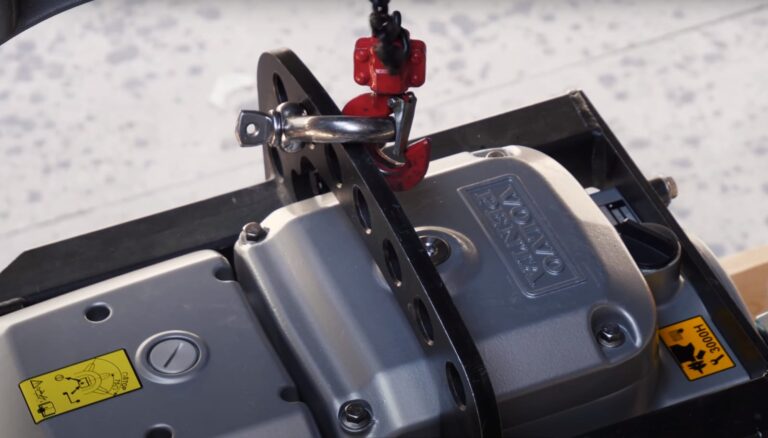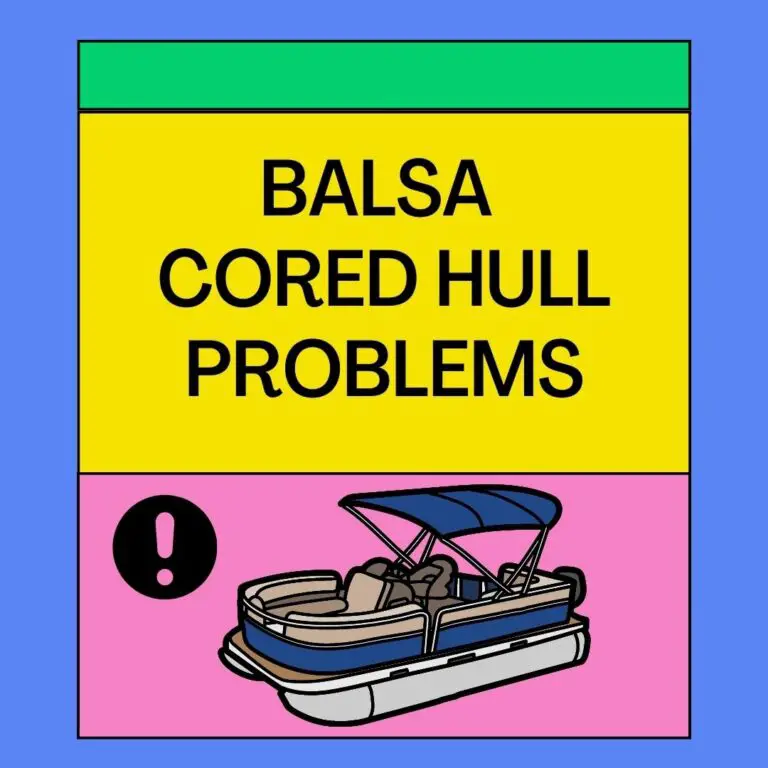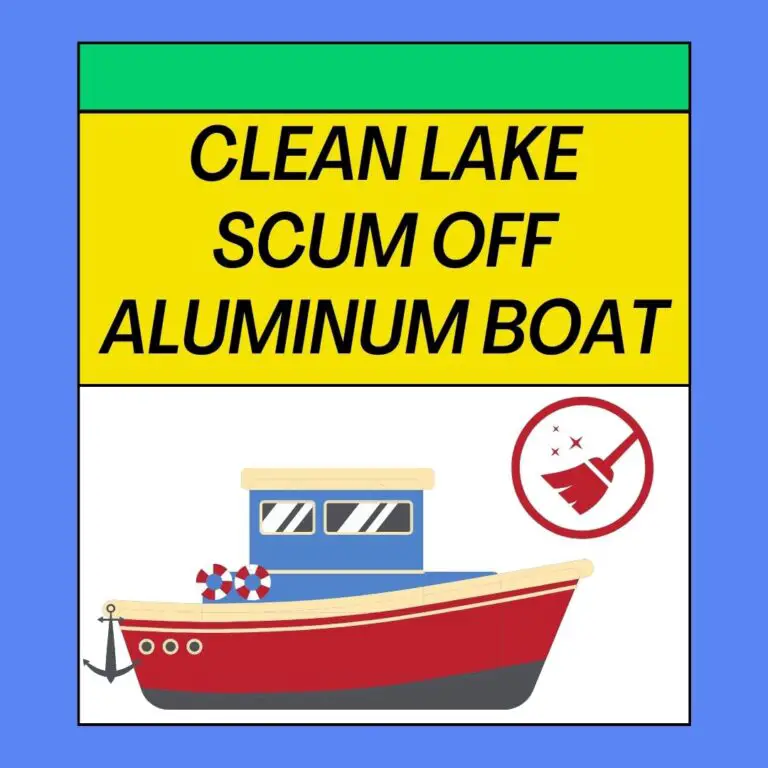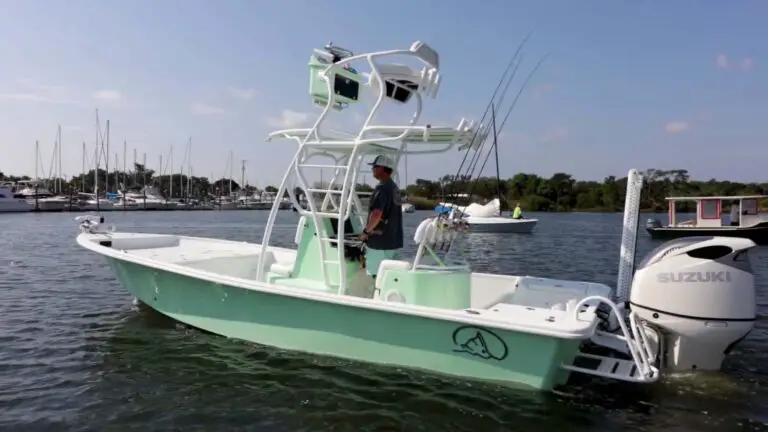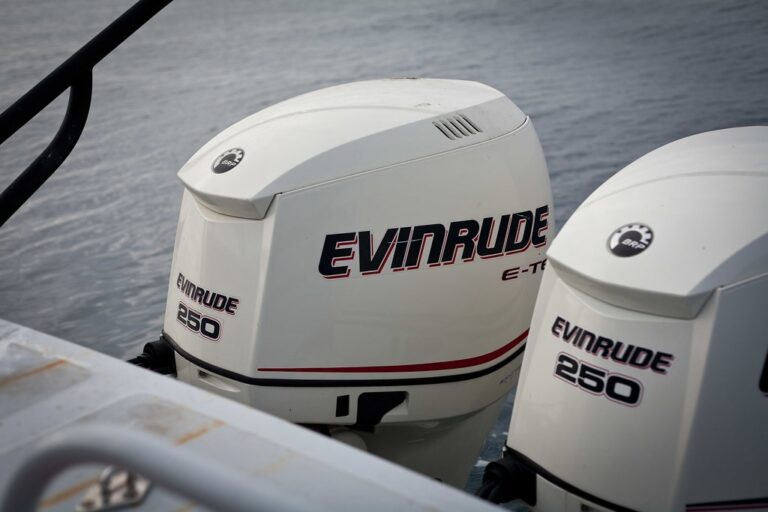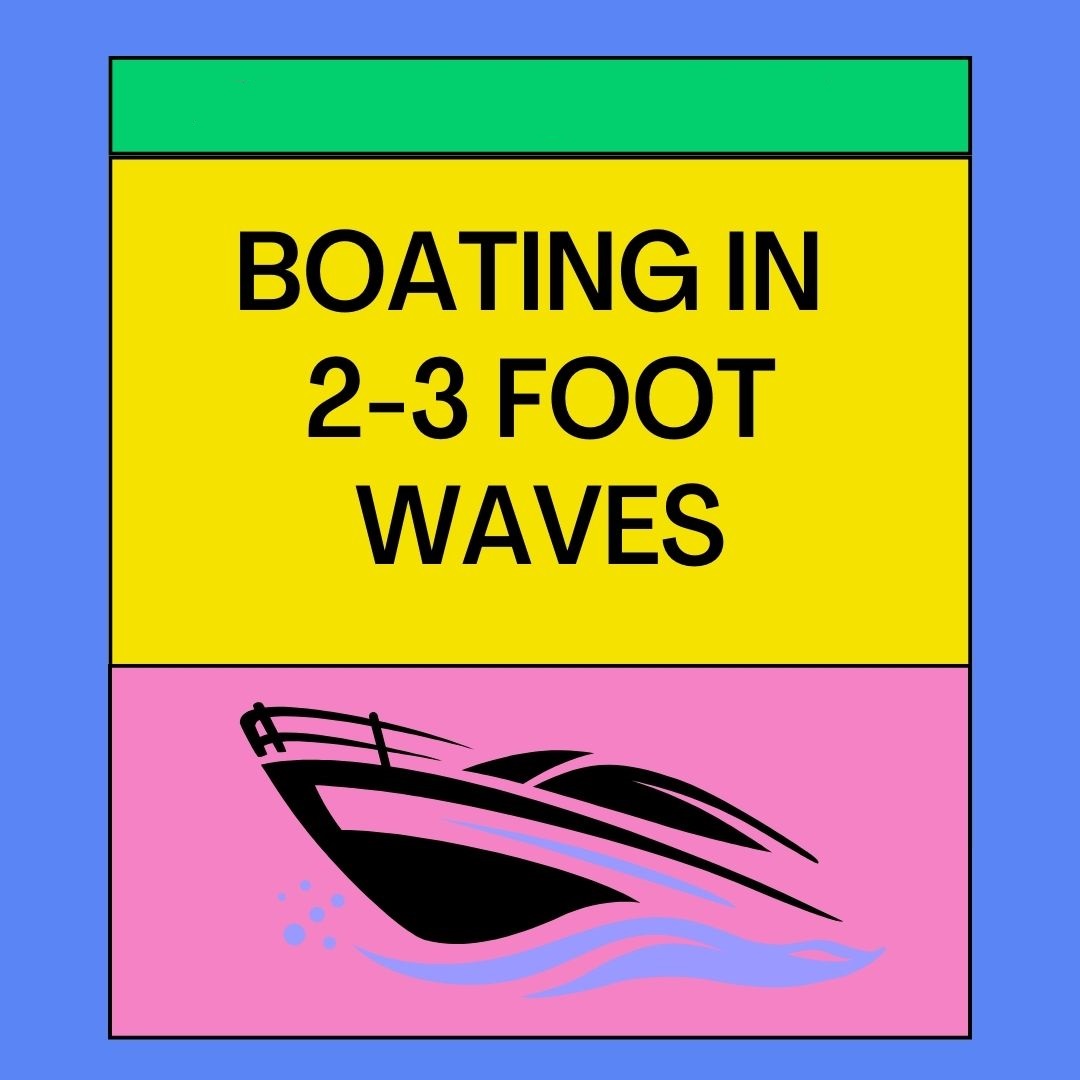
Boating is surely a fun activity, whether you want to fish or just relax. But, it can also be risky if you’re not sailing in tranquil waters. Boating in rough waters can be dangerous depending on how high the waves are.
So, boating in 2-3 foot waves safe or not?
Boating in 2-3 foot waves is totally safe if you have the right size of boat. 2-3 foot waves are considered calm waters according to the Douglas Sea Scale. If you set for such waters with a 14 feet boat, it won’t feel so calm for you. But, if you have a bigger boat, you can expect a smooth ride.
As you can understand, boating in 2-3 foot waves depends on things other than the waves. We explained everything from which boat to choose to how to manoeuvre a boat in these waves. Keep reading if you want to learn about them.
Let’s begin!

Are 2-3 Foot Waves Good for Boating?
Yes, 2-3 foot waves are actually pretty good for boating. If you have the right kind of boat, it can be a comfortable ride for you. However, with the wrong kind, the same waves will feel much worse for you.
Here is the Douglas Sea Scale up to the 5th degree-
| Degree | Height (ft) | Description |
| 0 | 0.00 – 0.33 | Calm (Glassy) |
| 1 | 0,33 – 1.64 | Calm (Rippled) |
| 3 | 1.6 – 4.1 | Smooth |
| 4 | 4.1 – 8.2 | Slight |
| 5 | 8.2 – 13.1 | Moderate |
As you can see in the table, 2-3 foot waves are actually smooth waters. They are not that dangerous for boating. You just need to take out the right size of boat. It’s also important to know how to make it a comfortable ride to keep it smooth.
Now you know that having the right size is crucial for navigating rough waves. So, the next step is figuring out what the right size is.
What Size Boat For 3 Foot Waves?
A general answer would be boats with a length longer than 19 feet. Boats longer than 19 feet would count as the safest size for 2-3 foot waves. However, there are other things you can consider when choosing the size.
Here is a boat size vs wave height table that compares different boat sizes-
| Boat Length | Safe Wave Height | Cautionary Wave Height | Dangerous Wave Height |
| 12 feet | < 0.66 feet | 0.66 – 1.64 feet | > 1.64 feet |
| 14 feet | < 1.64 feet | 1.64 – 2.62 feet | > 2.62 feet |
| 16.4 feet | < 2.62 feet | 2.62 – 3.93 feet | > 3.93 feet |
| 19 feet | < 3.28 feet | 3.28 – 5.9 feet | > 5.9 feet |
The table shows safe, cautionary and dangerous wave heights according to boat lengths-
Safe Wave Height
At this height, water will feel gentle on the hull. There will be none no minimum spray. The ride will feel comfortable and completely safe.
Cautionary Wave Height
You can still proceed at this height. But, you have to be careful and slow. You’ll feel pounding on your hull. The boat speed should be reduced. There will be a lot of sprays. This isn’t considered safe, but you can try if you’re experienced enough.
Dangerous Wave Height
You’ll need to drive at the minimum speed to stay safe. There will be a lot of water coming on board. This is by no means safe for you. You have to be very experienced to take this risk.
You can understand from the table that smaller boats can handle lower waves. If you head out to the seas with your 12 feet boat, you’re going to be in trouble. So, it’s important for you to know about the waters you’re boating in and choose accordingly.
For 2-3 foot waves, boats above 16.4 feet can be used. Although 19 feet ensures absolute safety, 16.4 feet is still acceptable. You just need to practice extra caution with them. It’s because their safe height stops at 2.62 feet and not 3 feet.
If you’re spending long hours on the sea, get a bigger boat to be safer. You can attach a kicker motor to the boat to reduce the load on the engine. Just make sure to choose the right size of the kicker motor.
You can get these products for better and more convenient control of your boat-
Clearly, anything above a 19 feet boat is safe for 2-3 foot waves. And, any boat below 16.4 feet is an absolute no. They are too small for boating in 2-3 foot waves.
How to Drive a Boat in 2-3 Foot Waves?
Driving a boat in 2-3 foot waves might seem difficult for you if you aren’t experienced enough. However, with proper knowledge and the right boat, it shouldn’t be a problem.
First, let’s see how to check waves for boating-
You need to gauge the waves when the boat is in the trough of the waves. Check where the deck is sitting at the helm above the waterline. So, if you’re 6 feet tall and standing on the helm, the trough is 7 feet below. If the wave looks like it’s around your waist, that should be a 2-3 foot wave.
Now, here are some things you need to know to drive the boat-
- Don’t ride the front of the wave. Ride the back of a wave till it dies down. This is easily doable if you maintain a slow and steady speed. Just make sure the boat’s bow isn’t diving into the wave ahead of you.
- If the waves are very close to each other, you need to get on top of them. Go faster to get on top of these waves. This way you’ll stay on top of them. You need to be on and off the throttles to make sure you stay on them.
- Hit the waves at a 45-degree angle with a higher speed. This will make it easier to ride the waves.
- Be careful not to be too slow when riding the back of the waves. It runs the risk of the propeller losing its grip on the water. So, if your boat doesn’t go as fast as it should, don’t take it out then.
- Always try to get a bigger boat for more comfort. You can make do with small ones, but big ones are much safer.
These are some important tips to keep in my mind when boating in 2-3 foot waves. Hopefully, this will help you manoeuvre your boat among the waves.
FAQs
What Size Waves Are Considered Rough?
Waves of 2.5-4 meters or 8.2-13.1 feet in height are called rough waves. This value is described by the Douglas Sea Scale. This scale puts an estimate of how rough a sea is to navigate. According to the wave height, these are considered moderate waves.
What Type of Hull is Best for Rough Water?
For powerboats, a V-shape Hull handles rough water best. Its handling in rough waters gets better as the V shape goes deeper. Displacement hulls are also very good for boats that cruise long-term. On the contrary, absolutely avoid flat-bottomed and pontoon hulls for rough waters unless you want to take a rollercoaster ride on the sea.
What is A Safe Wave Height for a Small Boat?
Waves within 0.2 meters or 0.7 feet in height are safe for all small boats. That is if the length overall for your boat is less than 14 feet. All boats less than 66 feet are counted as small. So, the safety bar for wave heights gradually increases with the boat’s length overall.
Conclusion
That’s all for boating in 2-3 foot waves from us. Hope this article helped you figure out how to handle these waves. Always remember that waves are very unpredictable even if they seem safe. So, stay cautious on the water.
If you still have any other queries feel free to let us know. Till next time!

I’m Cindy, a free-spirited outdoor enthusiast. Since childhood, Our family frequently goes on weekend camps and my father, who was a skilled hunter, used to teach my siblings and me valuable things about wildlife survival. I made this blog to share my knowledge, experiences, and tips.

